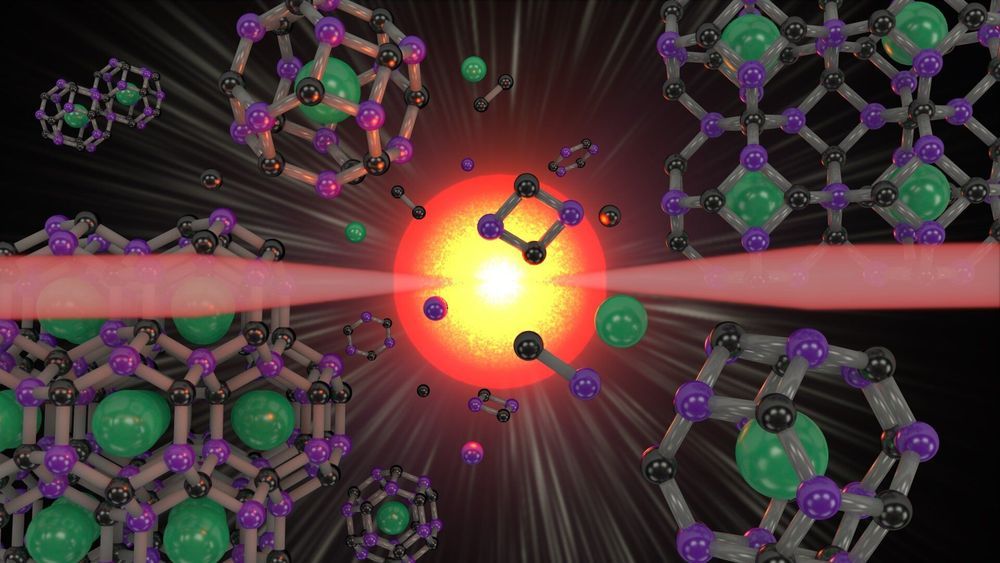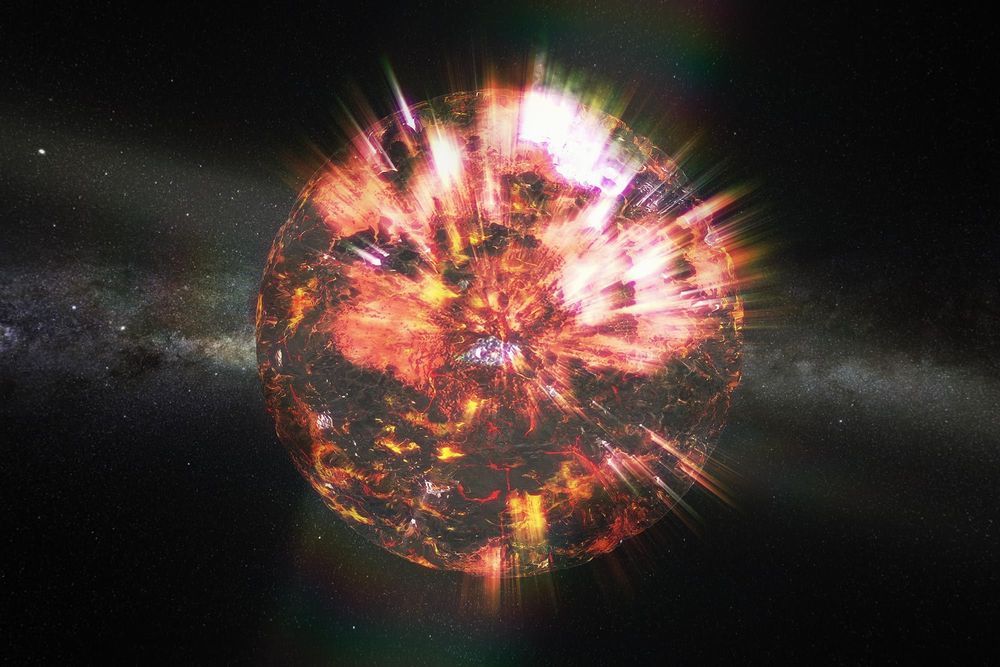An international team of cancer researchers has developed a new type of copper-based nanoparticle that can kill tumor cells in mice. While the technology showed effectiveness on its own, by combining it with immunotherapy the scientists say it produced long-lasting effects, quickly killing off any cancer cells that dared to return.
The therapy centers on new knowledge around tumors’ aversion to certain types of nanoparticles. The research team made up of scientists from KU Leuven, the University of Bremen, the Leibniz Institute of Materials Engineering, and the University of Ioannina, discovered that tumor cells were particularly sensitive to nanoparticles made from copper and oxygen.
Once these copper oxide nanoparticles enter a living organism they dissolve and become toxic, killing off cancer cells that happen to be in the area. Key to the new nanoparticle design was the addition of iron oxide, which the researchers say enables it to kill off cancer cells while leaving healthy cells intact.









